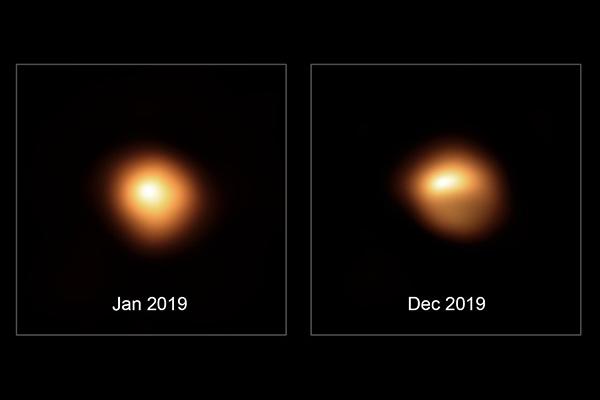
Betelgeuse Is Pretty Cool: Cosmic Questions for our Naked-Eye Neighbor
Betelgeuse's "Great Dimming" in the winter of 2020 quickly became a source of fascination for both professional and amateur astronomers. Drastic enough to be easily detected with the naked eye, the star's drop in brightness was unprecedented in observational memory and revealed the extent to which the workings of red supergiants (RSGs) are still a mystery. RSGs are the coldest and physically-largest members of the massive star population, making them ideal sources for studying the extremes of stellar physics and a key turning point in the evolution of post-main-sequence massive stars. They are also the progenitors of Type II-P supernovae, an intermediate evolutionary phase in the lifetimes of some stripped-envelope supernova progenitors, and a crucial step in the formation of massive binary systems (including those that will ultimately produce compact object binaries and gravitational waves). However, our recent studies of Betelgeuse have forced us to confront the many unanswered questions that still surround RSGs, including their binary fraction and evolution, their place in the larger picture of massive star evolution, and the numerous physical phenomena that drive their variability. Using Betelgeuse and its recent behavior as an archetype, this talk will provide an overview of our current knowledge of RSGs, identify some of the most pressing open questions about these stars, and consider the importance of studying RSGs in the coming decade as the next generation of observatories comes online.
